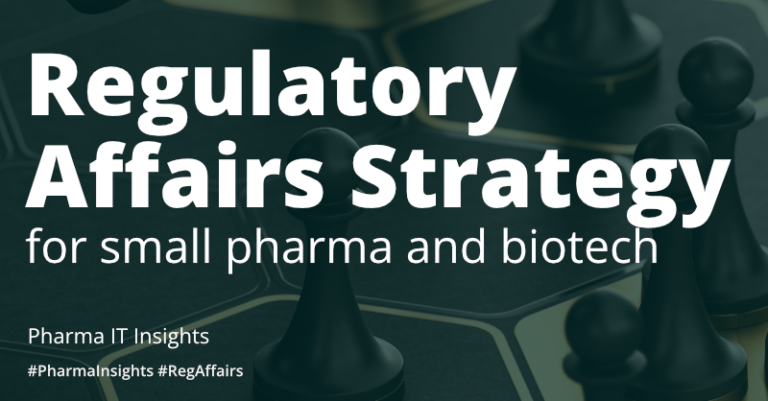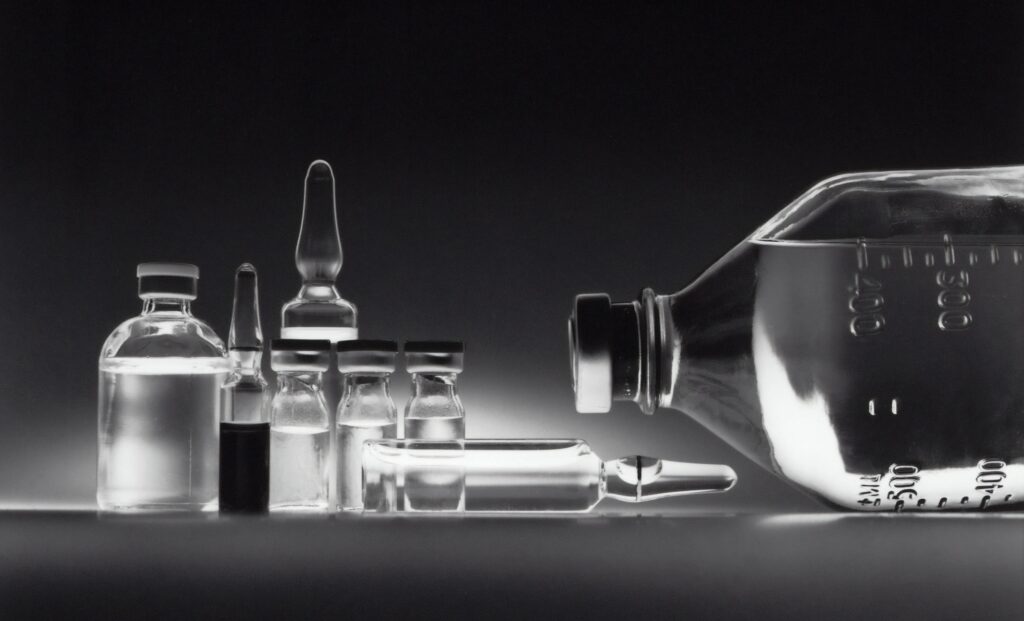
Share on email
Share on linkedin
Share on twitter
Share on skype
Share on facebook
By Martin Blædel
July 22, 2021
By Martin Blædel
July 22, 2021
The Guidance on Quality of Water for Pharmaceutical Use impacts the grades of water quality that are required depending on the different pharmaceutical uses. As the EMA explains: “Control of the quality of water, in particular the microbiological quality, is a major concern and the pharmaceutical industry devotes considerable resource to the development and maintenance of water purification systems.”
The driver for the update of the previous guidance (Note for Guidance on Quality of Water for Pharmaceutical Use, 2002) was to adopt the changes advanced in the European Pharmacopeia. These changes opened the possibility of producing water for injection (WFI) quality water using reverse osmosis systems as an alternative to only distillation and should be read in conjunction with the publication: “Questions and answers on production of water for injections by non-distillation methods – reverse osmosis and biofilms and control strategies” (2017).
The new guidance provides recommendations for the minimum acceptable quality of water used for different uses and applications. This includes the manufacturing of sterile and non-sterile medicinal products, active substances, and water used for cleaning and rinsing equipment and containers/closures for medicinal products.
The main implication of this updated guidance is greater clarity around which type, or quality, of water should be used in pharmaceutical manufacturing.
The main implication of this updated guidance is greater clarity around which type, or quality, of water should be used in pharmaceutical manufacturing.
There has been a much-needed change of focus from being strictly process related, to now focusing on the actual product and its intended use. Additionally, discrete segments for advanced therapy medicinal products (ATMPs), and biologics have been included. Whereas, in the previous version of the guideline, the type of water to be used for ATMPs was somewhat of an interpretation game. Further, the statement handling the production of vaccines from October 2003 has been engulfed.
To illustrate this point, here are a few examples:
A final minor update worth mentioning is that the final purification step for any non-sterile API, intended for parenteral use, must be simply WFI (in contrast to purified water with an endotoxin limit of 0.25 EU/ml and control of specified microorganisms).

With this update in place, the industry will easily be able to avoid many regulatory errors and set up their production apparatus that complies with the expectations set by regulatory authorities.
Martin Blædel is a Senior Consultant at Pharma IT with more than 10 years’ experience in the pharmaceutical industry working with Analytical Method Validation, Quality Control, GMP, Tech Transfer and Projects. His background within Biology and Pharmaceutical Sciences, includes a PhD in Pharmacology. He has several years of project management experience leading quality control projects, as well as hands-on experience with preparing, reviewing and ensuring the right level of compliance in documentation for GxP systems – from URS, Equipment Qualification Documents, Validation Protocols / Reports to Change requests and Deviations / Non-conformities.